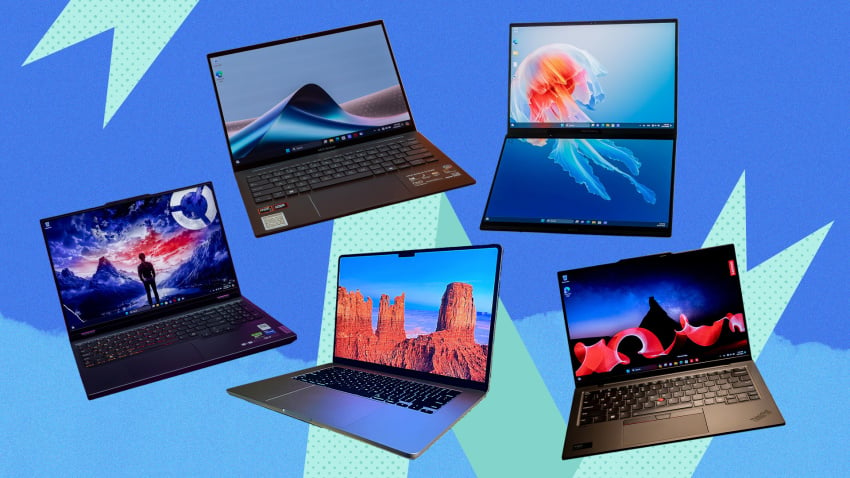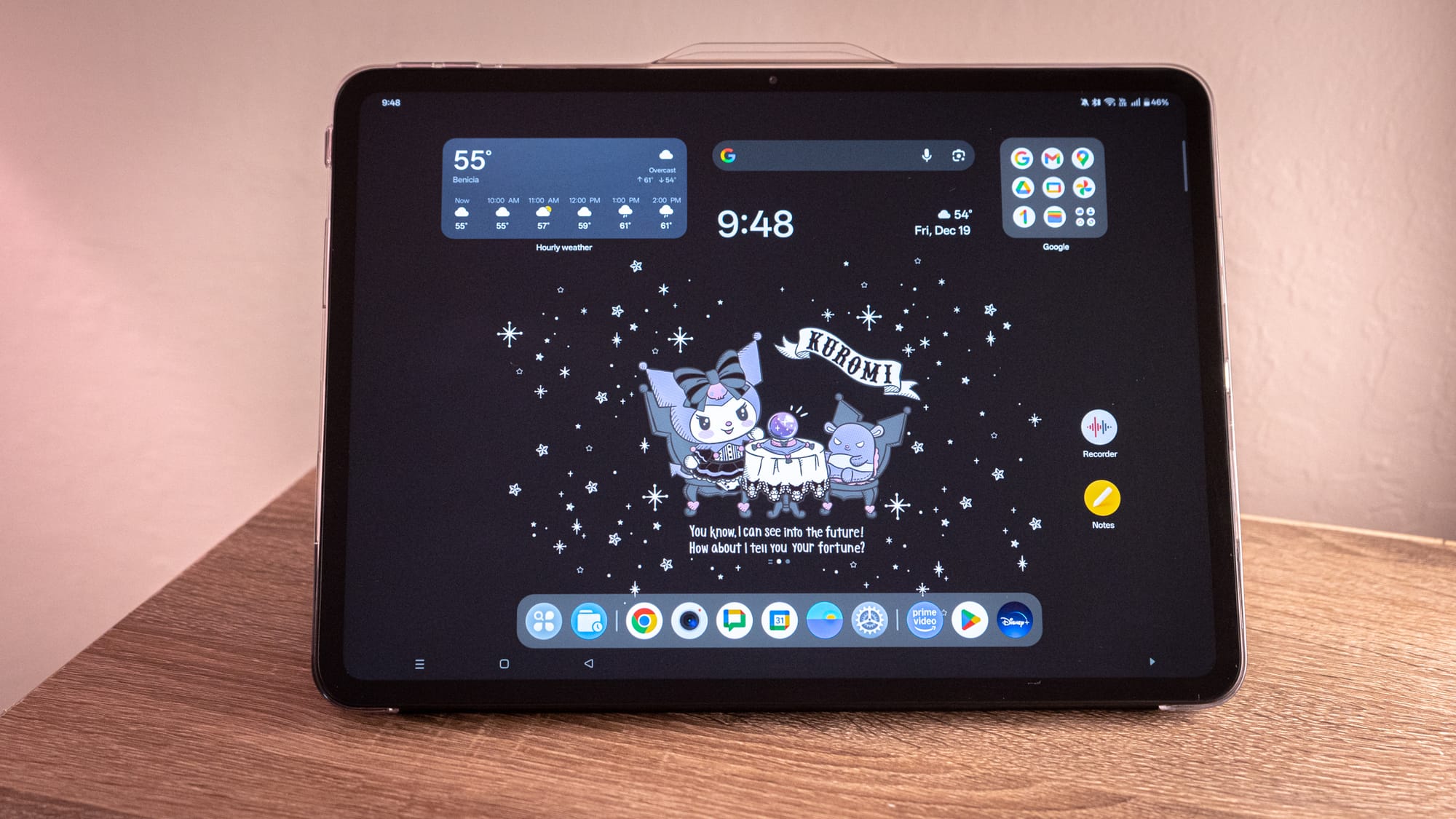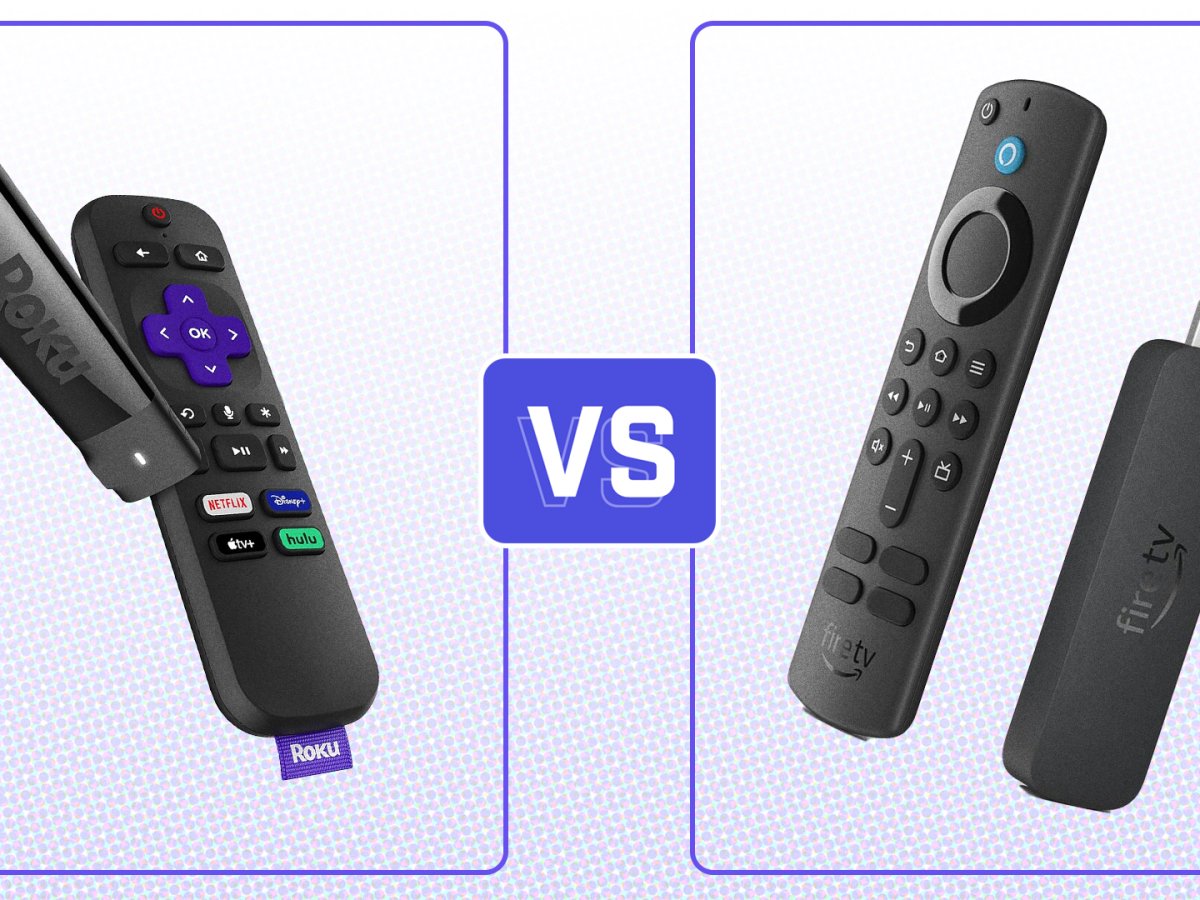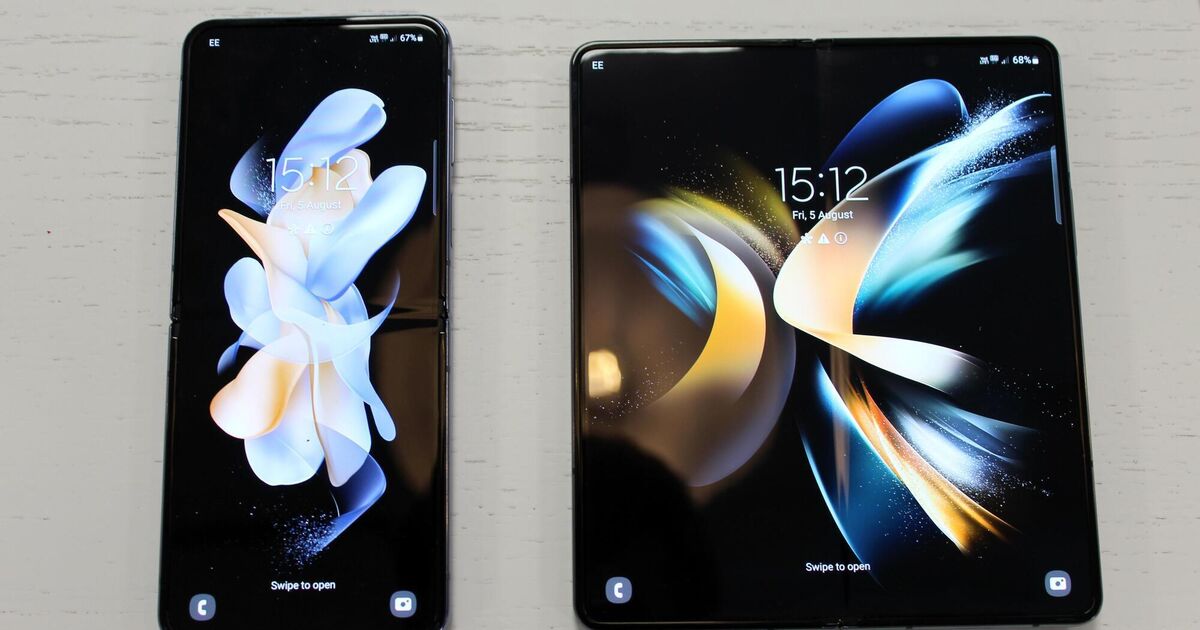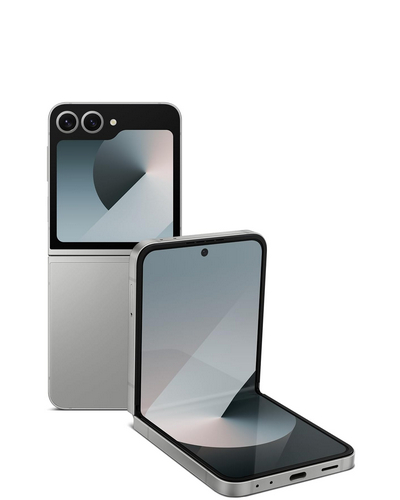2025 Gift Guide for Apple Enthusiasts: Professionally Evaluated and Endorsed Items
# 2025 Technology Gift Guide for Apple Users
With the festive season on the horizon, it’s time to start crossing off gifts for the Apple aficionados in your circle. This guide highlights tech products that have demonstrated their utility over the year, making them ideal presents for Apple users.
## Nomad Tracking Card
For anyone who has misplaced their wallet, a dependable tracker is vital. The **Nomad Tracking Card** works effortlessly with Apple’s Find My network, enabling users to track down lost belongings, get alerts when they forget something, and monitor luggage during trips. Unlike other trackers, the Nomad card is rechargeable via MagSafe and lasts around five months on a single charge. Priced at $29.99, it’s currently discounted by 25% for Prime members during Cyber Monday.
## BACKBONE One Mobile Gaming Controller
For parents or anyone aiming to elevate their mobile gaming experience, the **BACKBONE One Mobile Gaming Controller** is revolutionary. Compatible with iPhone 15 and later models, along with Android devices featuring USB-C, this controller turns your phone into a console-like gaming system. Selling for $99.99, it’s offered at 20% off during Cyber Monday.
## Mophie Powerstation Wireless Slim
Battery longevity is vital for heavy iPhone users, and the **Mophie Powerstation Wireless Slim** is an essential accessory. This 10,000 mAh power bank supports 15W MagSafe wireless charging and 30W USB-C PD fast charging. Ideal for on-the-go charging, it can even power devices like iPads. The standard version retails for $79.95, with options for a stand or a more streamlined model available.
## Aurzen BOOM Air Projector
The **Aurzen BOOM Air projector** is a cutting-edge device for film lovers. With integrated Google TV software, it lets users stream content directly from Apple TV or other sources through HDMI. Currently priced at $179.99, reduced from $299, it includes an adjustable stand, automatic focus, and can be powered by a USB-C power bank, making it adaptable for any environment.
## OWC Ultra Fast External SSD
For those in need of additional storage, the **OWC Ultra Fast External SSD** ranks as a premium option. This SSD provides contemporary Thunderbolt speeds, operates silently, and preserves performance with large files. The 2TB version is priced at $349.99, currently on sale for $279.99. It’s a superb investment for anyone aiming to enhance their storage capabilities.
## Belkin 3-in-1 Wireless Charging Station
The **Belkin 3-in-1 Wireless Charging Station** is great for those owning multiple Apple devices. It allows for the concurrent charging of an iPhone, Apple Watch, and AirPods. The latest version, featuring faster charging options, retails for $119.99 but is priced at $77.75 during Cyber Monday.
## OtterBox 2-in-1 Crossbody Strap
The **OtterBox 2-in-1 Crossbody Strap** is a handy accessory for iPhone owners. It facilitates easy transport of the device, decreasing the likelihood of forgetting it. Priced at $54.99, it’s currently available for $26.39, making it a budget-friendly gift choice.
## Mixx Analog System 5 Hi-Fi Vinyl Record Player
For vinyl lovers, the **Mixx Analog System 5** provides a chic way to enjoy music. This record player comes equipped with wireless speakers and supports both optical and Bluetooth connections. Priced at $299.99, it’s a fantastic gift for those who value both sound and design.
## Level Lock Pro
The **Level Lock Pro** is a smart door lock that merges functionality with style. It enables users to unlock their doors with their iPhone or Apple Watch and integrates with Apple’s Home app for automation. This lock makes a thoughtful gift for anyone aiming to boost their home security.
## Conclusion
This tech gift guide presents an array of products that meet the needs of Apple users, ensuring you discover the perfect gift for everyone on your list. Whether it’s a practical accessory or an entertaining gadget, these suggestions are bound to leave a mark.
Read More